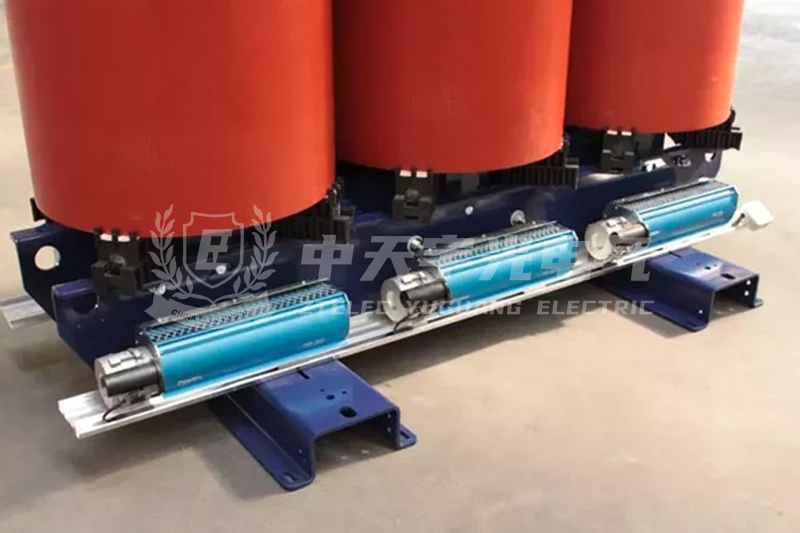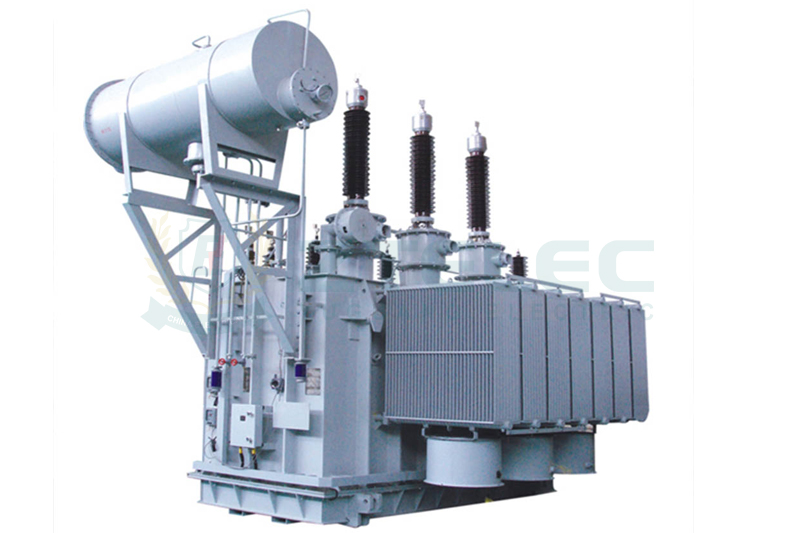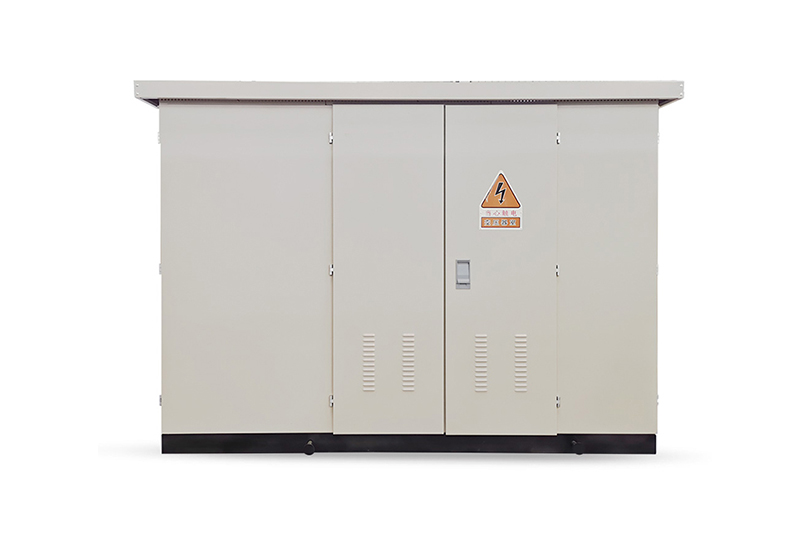Guide to Optimizing Technical Specifications of Dry-Type Transformers
Time:2025-06-9 Auther:ZTelec-www.ztelectransformer.com
In modern power systems, dry-type transformers are widely used in urban grids, commercial complexes, industrial facilities, and more. Their oil-free design, high fire resistance, and low maintenance requirements make them ideal for various applications. However, growing electricity demands and increasingly complex grid structures have exposed the limitations of traditional dry-type transformers in terms of efficiency, reliability, and safety. This article provides a comprehensive guide to optimizing the technical specifications of dry-type transformers to meet the evolving needs of the power industry.

1. Design and Selection Optimization
Select According to Real-World Application
Transformer selection must consider factors such as load profile, grid voltage level, and space constraints. For instance, in factories with fluctuating loads, transformers with automatic voltage regulation capabilities are essential. In confined areas like office buildings or malls, compact models with high energy density should be prioritized. Additionally, engineers should reserve 15%–20% spare capacity to handle peak load conditions without compromising performance.
Enhance Short-Circuit Resistance
Short circuits remain a major threat to dry-type transformers. To improve resilience, engineers should optimize the winding layout using staggered arrangements, increase mechanical supports (at least four between coil and core), and install limit-function clamping pads. Moreover, designing windings and insulation to operate 5K below the maximum specified temperature enhances durability under fault conditions.
Upgrade Core and Winding Materials
The magnetic core and coil materials significantly impact transformer efficiency. Choose oriented silicon steel or amorphous alloy strips with high magnetic permeability to reduce iron loss by 30%–50%. For windings, high-purity oxygen-free copper or copper foil with multi-layer insulation ensures minimal copper loss and excellent conductivity. Insulation should be moisture-resistant and heat-resistant—materials like polyimide film and epoxy resin perform well in harsh environments.
2. Installation and Operational Optimization
Ensure Proper Ventilation and Cooling
Thermal management is critical to transformer longevity. During installation, ensure adequate space for air circulation. For enclosed environments, integrate forced-air or air-cooled systems with temperature sensors to monitor winding temperatures in real time and automatically adjust fan speeds. This maintains optimal operating conditions and prevents thermal degradation.
Strengthen Safety and Protection
Transformers should be equipped with physical safety features like mechanical or electromagnetic locks and visible warning signs. All metal components must be properly grounded to prevent electric shock. Regular maintenance should include infrared thermographic inspections and partial discharge detection to identify hidden risks before failure occurs.
Implement Smart Monitoring Systems
Utilizing IoT and big data, enterprises can deploy intelligent monitoring systems that collect real-time data on current, voltage, temperature, and more. Machine learning algorithms analyze historical data to predict failures, enabling proactive maintenance and optimized transformer operation parameters.

3. Material and Process Optimization
Use Eco-Friendly, Energy-Efficient Materials
Adopt sustainable materials such as solvent-free varnishes to reduce VOC emissions and low-halogen or halogen-free insulation to limit toxic gas release during fire events. Encourage recycling and material recovery during manufacturing and end-of-life disposal.
Enhance Manufacturing Techniques
High-precision processes ensure product quality. Utilize CNC winding machines for accurate coil production and robotic arms for automated inspection. The vacuum pressure impregnation (VPI) process should be employed to enhance insulation integrity and moisture resistance, ensuring long-term stable operation.
4. Standards and Compliance Optimization
Stay Aligned with Industry Standards
As transformer technology advances, national and international standards such as GB/T 10228 are constantly updated. Companies must actively monitor changes and ensure product design, manufacturing, and testing processes remain compliant with the latest guidelines.
Participate in Standard Development
Manufacturers should collaborate with academic institutions and industry groups to address technical challenges like high-voltage insulation and smart O&M. By contributing to technical standardization efforts, companies can transform innovative technologies into industry-wide benchmarks.
Optimizing the technical specifications of dry-type transformers involves a multifaceted approach: from material selection and structural design to intelligent monitoring and adherence to updated standards. These strategies not only enhance transformer performance but also support the energy sector’s broader goals of sustainability, efficiency, and grid resilience.




